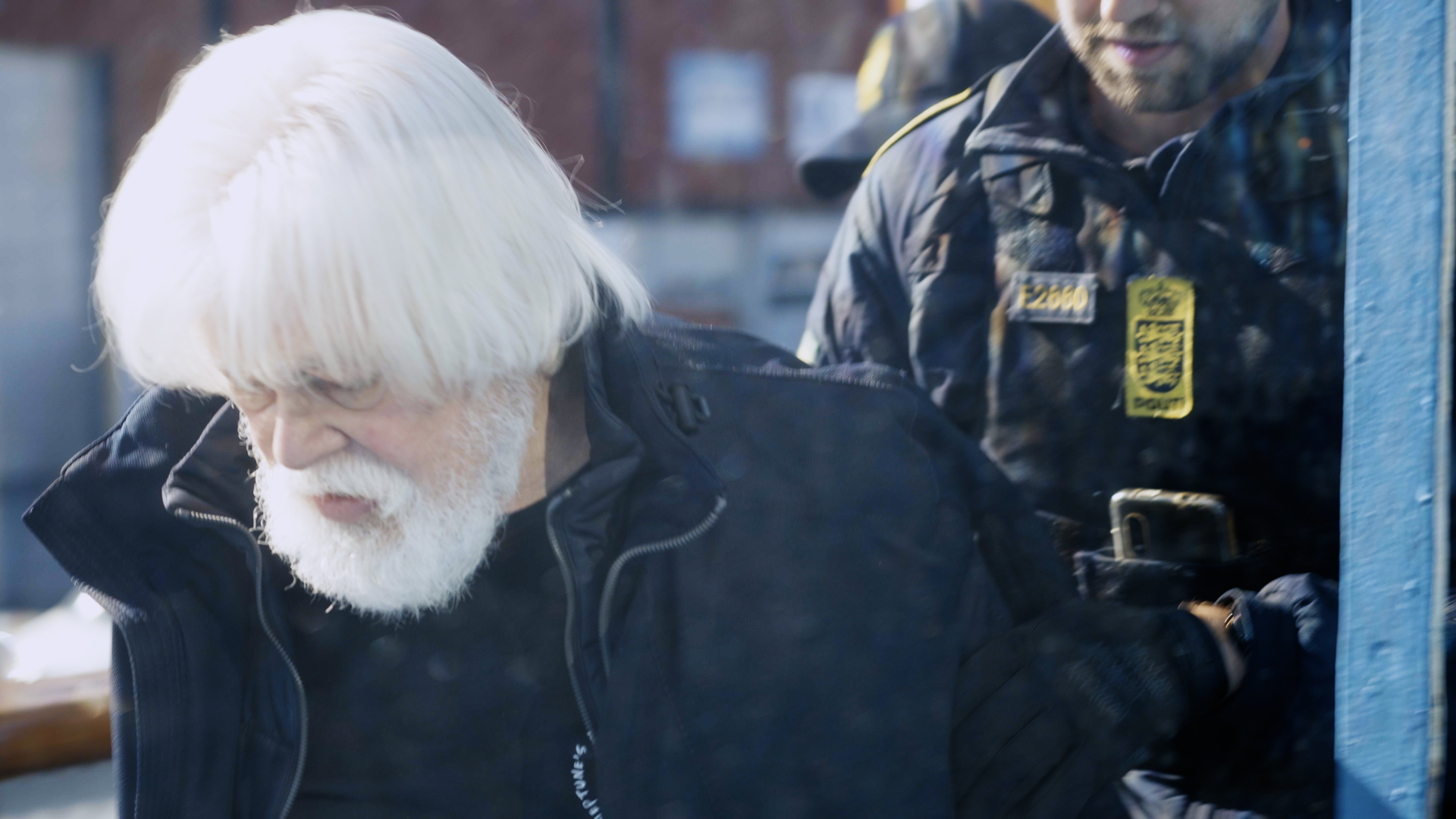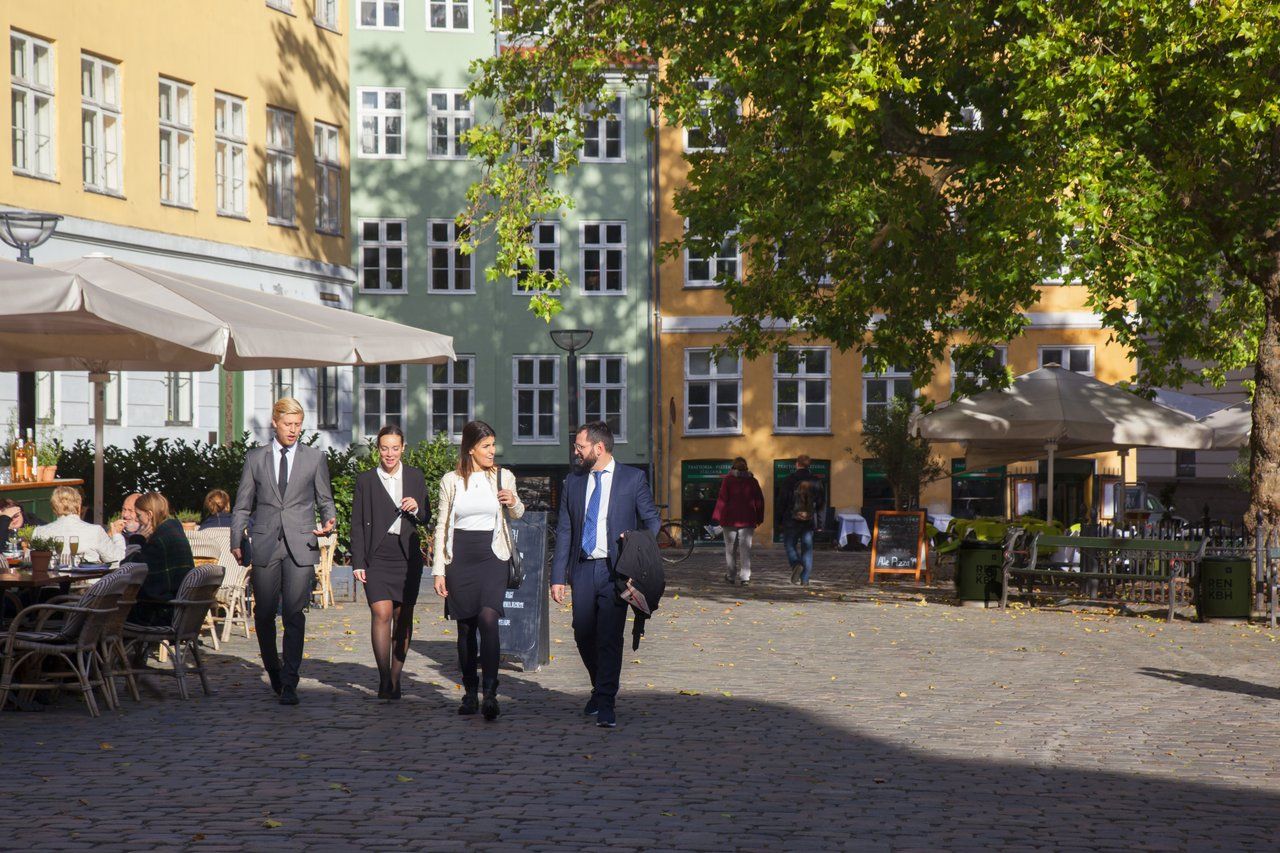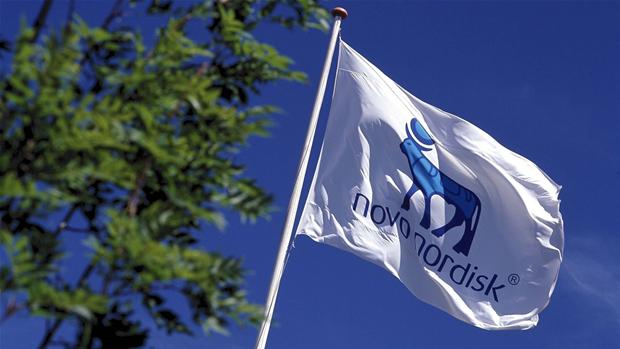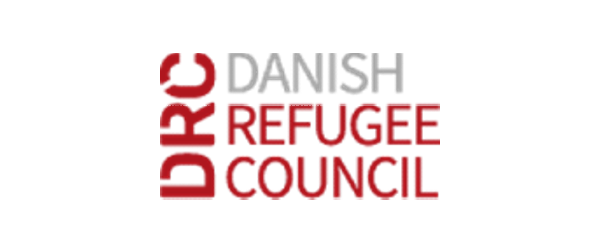Although Danish teens still outdrink their European counterparts, the past three decades have seen a dramatic decrease in the number of young teens who take up drinking. A similar decrease can also be found in the number of teens who smoke.
In the 1980s, nine out of ten Danish 13-year-olds had already tried drinking alcohol. Those alarming numbers remained static throughout the 90s. Now, according to the latest figures from a study of young people in Copenhagen, Danish kids are drinking and smoking less and waiting longer to start. Results from the so-called 'Copenhagen Barometer', a poll of students in the seventh through ninth grades, found that consumption had dropped across the board, especially among the youngest where only three out of ten kids said that they had tried smoking or drinking. The percentage among ninth graders fell only a few points. The polling of Copenhagen students on their alcohol and drug use takes place every spring.
Copenhagen's deputy mayor for child and youth affairs, Anne Vang (Socialdemokraterne), called the numbers “terrific”.
“They mean that children can learn more effectively because they aren’t hung over or stoned,” she told Politiken newspaper.
Although the numbers in the survey reflect only Copenhagen, they represent a national trend, according to Pernille Bendtsen, a researcher into alcohol use among young people at Statens Institut for Folkesundhed, the national institute for public health. The latest numbers gathered by the institute are from 2010, but Bendtsen said that new figures are on the way.
Even though the numbers are encouraging, Bendsten pointed out that Danish youngsters are still far ahead of their peers in the rest of the world.
“We should not rejoice too much, because we still have far too many 15-year-olds drinking, but this is an encouraging sign,” Bendsten told Politiken.
Bendsten pointed to law changes as one of the main reasons behind the development. In 2004, the sale of alcohol to children under 16 was prohibited and beginning in 2011, those under 18 were barred from purchasing liquor containing an alcohol content of over 16.5 percent. The threat of sanctions have also led to stores making a greater effort to enforce drinking laws.
Laws preventing smoking in schools, restaurants and on the job have also been put in place.
“It has probably helped that new standards are being set,” said Bendtsen. “The type of kids that smoke and drink these days are of a different sort than those who did before.”
Signe Ravn, a social issues researcher at Det Nationale Forskningscenter for Velfærd (SFI), said that young people are being influenced by living in a culture where their drinking habits are openly discussed by politicians, parents and in the media.
“(The numbers) suggest that this supertanker of an alcohol culture can actually be turned around,” she told Politiken.













